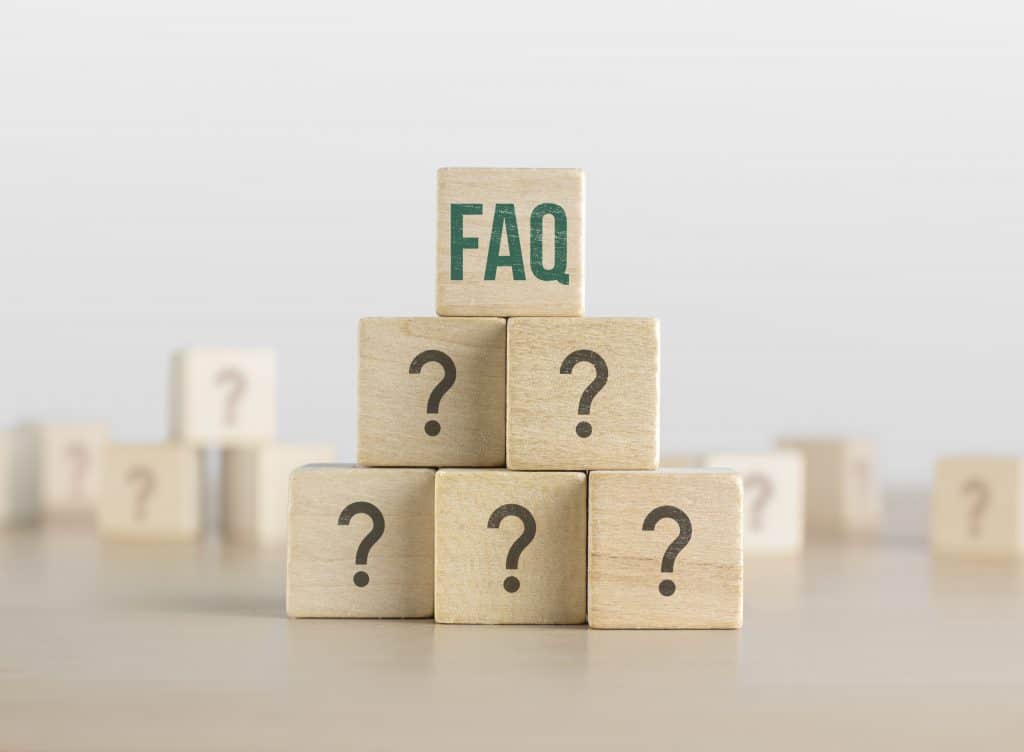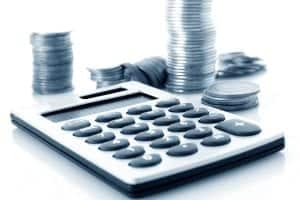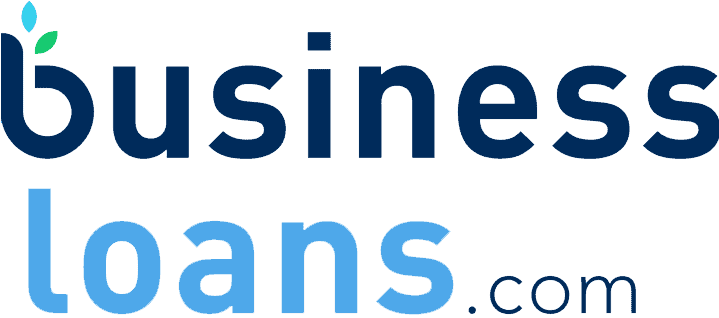Find answers to your questions about the Small Business Administration's EIDL loans & targeted EIDL advances for small business owners in need of COVID relief.
Our content reflects the editorial opinions of our experts. While our site makes money through
referral partnerships, we only partner with companies that meet our standards for quality, as outlined in our independent
rating and scoring system.

As a small business owner, you may be wondering, “What is Targeted EIDL Advance?” As of January 1, 2022, the SBA’s Economic Injury Disaster Loan (EIDL) program for businesses affected by COVID-19 is no longer accepting applications. Nevertheless, as these loans begin to enter repayment, merchants may still have questions about the process, how deferments work, or even basic terminology.
What Is An Economic Injury Disaster Loan (EIDL)?
An Economic Injury Disaster Loan (EIDL) is a loan program through the Small Business Administration. This program provides long-term, low-interest loans to businesses that have sustained an economic injury due to a disaster. An EIDL provides a business with working capital to fund daily operations to help the business overcome the disaster’s economic impact.
The SBA EIDL is available to businesses that have been impacted by the COVID-19 pandemic. Small businesses, agricultural businesses, and nonprofits may be eligible to receive a low-interest loan provided all SBA requirements are met.
EIDL Loan Deferment Extension Update
EIDL loans have a deferment window. This is essentially a grace period wherein no payment is required. With the SBA’s most recent deferral extension, the EIDL Loan deferral window is now 30 months, up from an initial 12-month window.
The deferral applies to both the EIDL loan principal and interest, and to loans made in 2020, 2021, or 2022.
What Is Targeted EIDL Advance?
The Targeted EIDL Advance is a grant of up to $10,000 to eligible small businesses impacted by COVID-19. These funds are disbursed more quickly than EIDL loans and do not have to be repaid.
What’s The Difference Between The EIDL Loan & The Targeted EIDL Advance?
The EIDL loan is a low-interest, long-term loan that must be repaid over a period of up to 30 years. Businesses impacted by the coronavirus can receive up to six months of working capital through this loan program. Applying for and receiving the loan may take several weeks or longer.
The EIDL Targeted Advance is a grant program designed to provide coronavirus-impacted businesses with fast funding of up to $10,000 to meet immediate business needs. The main difference between an EIDL Targeted Advance vs. a loan is that Advance funds do not have to be repaid.
What Is Supplemental Targeted EIDL Advance?
The Supplemental Targeted EIDL Advance is a grant that’s available to qualified businesses even if they’ve previously received an EIDL loan, EIDL Advance, or EIDL Targeted Advance. Qualifying businesses can receive up to $5,000. The maximum you can receive from all three EIDL Advance programs combined is $15,000.
What’s The Difference Between A 2021 Targeted EIDL Advance & The 2020 EIDL Advance?
The 2020 EIDL Advance allowed small businesses facing economic hardships due to COVID-19 to request an advance of up to $10,000 as part of the EIDL loan application process. This funding was a grant that was not required to be repaid and was available to small businesses that met the SBA’s requirements.
The 2021 Targeted EIDL Advance also provides up to $10,000 in funding to eligible small businesses affected by the COVID-19 pandemic. However, this round of funding is only open to applicants that previously applied for the EIDL. During this round of funding, eligible businesses must meet one of these conditions: they either did not receive an advance due to a lack of program funding or did not receive the full $10,000.
Additionally, businesses must also be located in a low-income community to qualify for a Targeted EIDL Advance. Qualifying businesses must also show a reduction in income of at least 30%.
The SBA will contact businesses that are eligible to receive the Targeted EIDL Advance. No additional borrower application is required at this time.
How Can I Use The EIDL Loan & Advance?
Your EIDL loan and advance can be used for a variety of business purposes. Funds are to be used to cover your business’s day-to-day expenses. Your loan or advance can be used as working capital to cover a number of business expenses, including but not limited to payroll and benefits, utilities, rent, and fixed debt payments. There are a handful of restrictions surrounding how EIDL funds are spent. You can’t use funds for dividends or bonuses, expanding facilities, relocating, or acquiring fixed assets.
One thing to note is that there are further restrictions if you have received a loan through the Paycheck Protection Program (PPP). If you have a PPP loan, “double-dipping” is not allowed if you also have an EIDL loan or advance. That means you can’t use the funds from your PPP and EIDL for the same purpose. For example, if you use your PPP funds to cover payroll expenses, you can’t use your EIDL for those same payroll expenses.
Unsure of how to spend your EIDL funds? Check out all the ways you can (and can’t) spend your EIDL loan.
How Do I Check The Status Of My EIDL Application?
There are a few ways to check the status of your EIDL application including by phone, email, and through SBA Assistant. If you mailed your application the old-fashioned way, you should contact the SBA by phone, as you won’t have a username and password for the online tools.
More FAQs About SBA EIDL Loan & Targeted EIDL Advance
Do I Need A Business Checking Account To Get An EIDL?
Since EIDL loans go directly through the SBA rather than a lender, there’s no requirement to have a business checking account. However, some applicants have reported issues where there was a mismatch in information between their personal bank accounts and the information they gave to the SBA.
Does The SBA Look At My Credit When I Apply For A EIDL?
According to the SBA, an applicant may be declined for an EIDL loan based on “unsatisfactory credit history,” so you should assume that they’ll be looking at your credit. That said, there’s no specific credit score that’s cited as a minimum.
There Are Errors In My Application. What Can I Do?
Given that you’re dealing with an overburned, slow-moving government organization, we highly recommend you double- and triple-check your applications for errors before submitting them.
If you have made an error, you’ll need to get in touch with the SBA. First, you’ll want to check on the status of your application (see below). You’ll then want to contact the SBA’s Disaster Assistance Processing and Disbursement Center. Explain your situation to them by phone or email. Bear in mind that you may have to be persistent and patient given the volumes of applicants the SBA is dealing with.
How Can I Tell If I’m In A Low-Income Community?
A business must be located in a low-income community to receive an EIDL Advance. A low-income community is an area that has a poverty rate of 20% or more. Rural businesses must have a median family income of 80% or less of the statewide median family income. Businesses in suburban and urban areas must have a median family income of 80% or less of the metropolitan area’s median family income.
To determine if you’re in a low-income community, you will use census data. One of the easiest ways to determine if you qualify for an EIDL Advance is to use the Federal Financial Institutions Examination Council’s geomap tool.
My Business Isn't In A Low-Income Community. Is There Any Way I'm Eligible For A Targeted EIDL Advance?
Technically, no, but some businesses have reported otherwise. The SBA now has their own tool you can use to see if your community is eligible. The convenient thing about the Targeted EIDL Advance is that it’s by invitation only. If the SBA invites you to get a Targeted EIDL Advance, then there’s a decent chance you’ll qualify for one. If not, you won’t be able to get one.
Can I Apply For The EIDL Loan Twice?
If you previously applied for the EIDL and were denied, you may submit a reconsideration request up to six months after applying.
If you received an EIDL and need additional funding, you may be eligible to modify your loan and receive an increased amount.
If you own multiple businesses, you may submit an EIDL application for each eligible business.
Finally, if you applied for the EIDL Advance in 2020 and were unable to receive one due to a lack of program funding, you may now be eligible to receive funding. However, you do not need to submit a second application. Instead, the SBA will contact you regarding eligibility.
Is The EIDL Loan Forgivable?
EIDL loan forgiveness is not an available option, so you will need to repay it in full. Fortunately, though, repayment terms are extremely favorable — up to 30 years at a fixed APR of 3.75%. You won’t find those kinds of terms with just any lender.
If you received an EIDL Advance or Targeted Advance, these are grants and are forgivable. In other words, if used properly, these funds do not have to be repaid.
What Happens To My EIDL Debt If I Become Ill Or Die?
Both death and illness are circumstances that could lead to you defaulting on your EIDL loan. Debt obligations may vary depending on how much you’ve taken out, whether you’ve signed a personal guarantee, and any available business assets that the SBA could liquidate to cover the debt.
When dealing with settling estates, it’s best to speak to a lawyer about your options and speak to the SBA about any possible deferments or relief.
How Do I Report My EIDL And Advance On My Taxes?
Neither EIDL loans nor EIDL Advances are considered taxable business income. Additionally, qualified expenses that are paid for with EIDL funds can still be written off your taxes.
Is the Targeted EIDL Advance a grant?
Yes, the Targeted EIDL Advance is a grant. You don’t have to pay it back.
Who gets the Targeted EIDL Advance?
Businesses that had applied for the earlier 2020 round of grant funding and only received a partial payment, and that were located within an economically distressed area were offered Targeted EIDL Advance. You can learn more in our Targeted EIDL Advance explainer.
What does Targeted EIDL Advance in progress mean?
If your Targeted EIDL Advance status is listed as “in progress,” this usually means that application was started but was not completed. Once this phase concludes, you’ll be asked to submit requested materials.
Who qualifies for a targeted EIDL grant?
Although the SBA is no longer accepting new Advance applications or reevaluation requests, The Targeted EIDL Advance provided funds of up to $10,000 to applicants who were in a low-income community, could demonstrate more than 30% reduction in revenue during an eight-week period beginning on March 2, 2020, or later, and had 300 or fewer employees.












